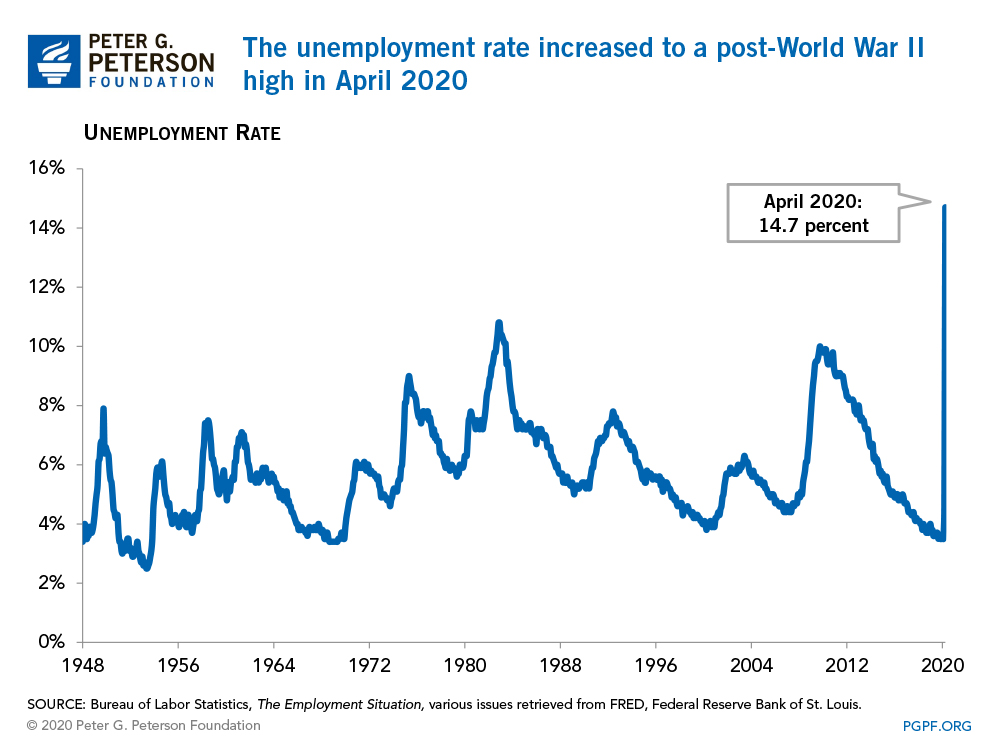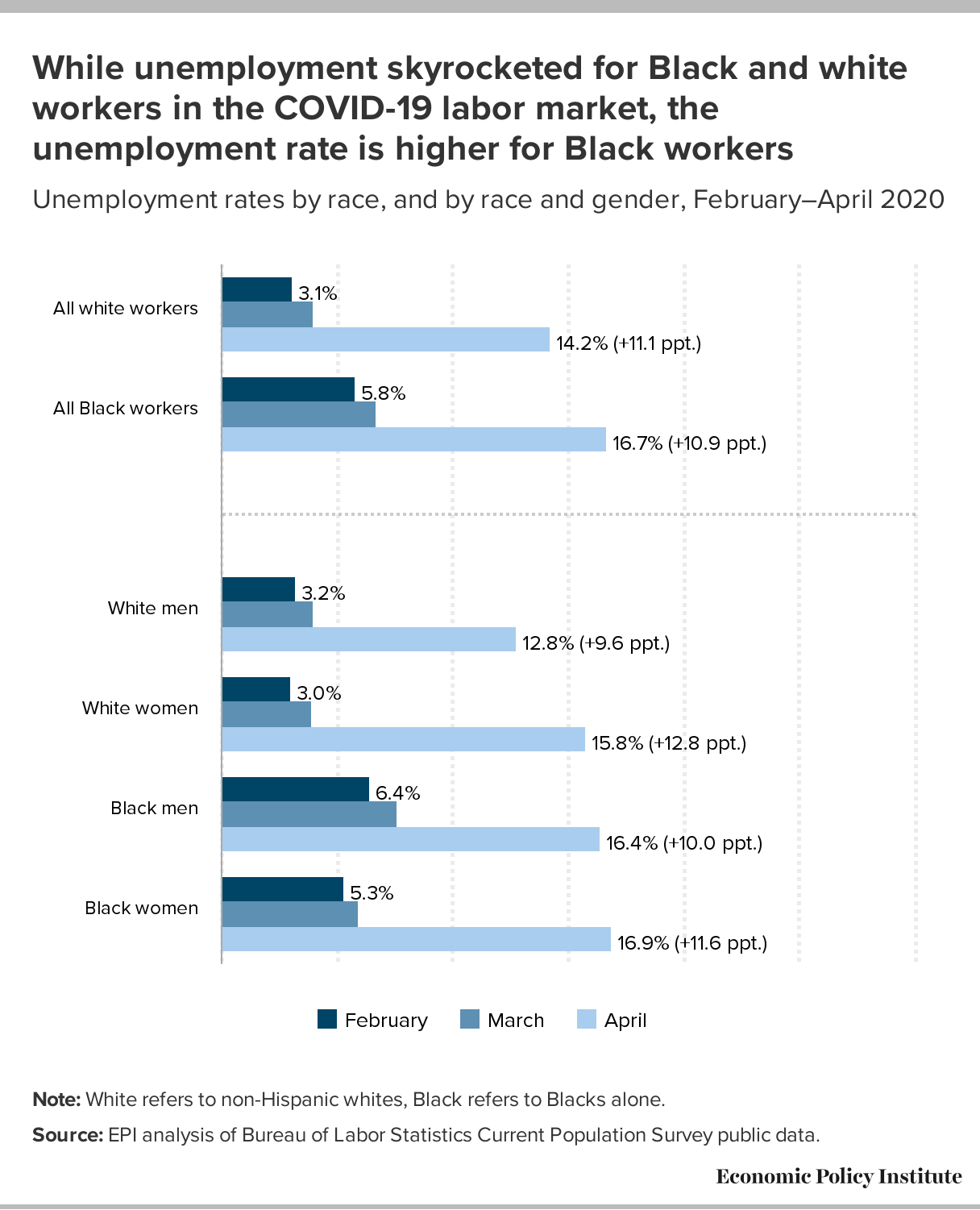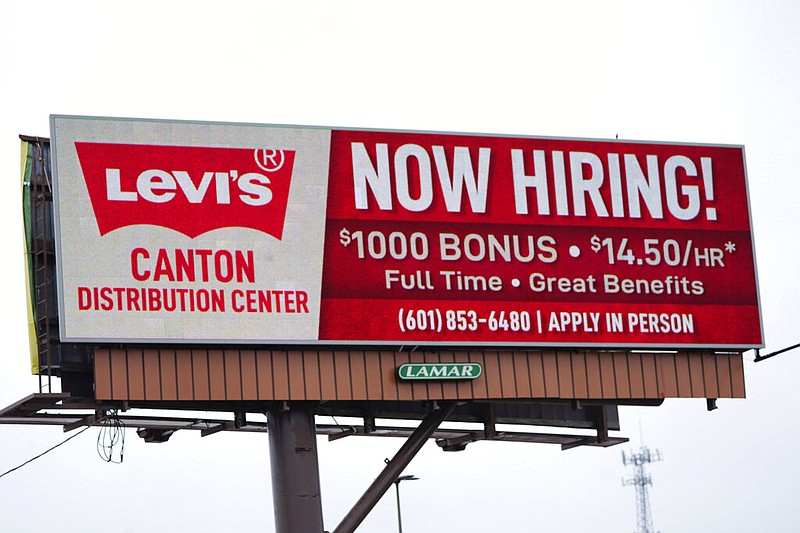
During the year 2020, the entire world went through a pandemic shut down where multiple people lost their jobs. This resulted in an extremely high unemployment rate at the time. Most people collected unemployment money to still be able to get by, but because of that, a lot of people did not return to work when they were given the opportunity to do so. "In April 2020, the unemployment rate reached 14.8%--the highest rate observed since data collection began in 1948. In July 2021, unemployment had remained higher (5.4%) than it had been in February 2020 (3.5%)" (Falk et al 2021). From that quote you can see that unemployment was extremely high in April of 2020, but in the following July, unemployment rates still did not decrease.
With unemployment rates being so high at the time, it caused a lot of problems. Not only were people waiting in lines at the drive-thru for longer than they needed to be, but also there was still a lot of work that was not getting done resulting in longer shifts for those who did work. For the people who were working at the time, if they were working for eight hours or more a day, they are missing time with family, friends, or even children. Along with all of this, being unemployed in general causes more stress on a person than it should. "Amongst studies of unemployed men, signs of depression, mental anxiety, and health problems are noticeably higher" (Pettinger 2). When people are unemployed, they start to feel more stressed about the fact that they could have a family to provide for, gas to pay, groceries to get, or bills to be paid. When you do not have the money for these things stress, depression, and anxiety start to become more noticeable. Mental health is a profoundly genuine issue that people suffer with daily and should be taken seriously. If there is one way to help mental health, just going to work will help your mental health by distracting you during that time and getting to meet new people.
With people choosing not to work it is causing problems within themselves along with other people. If we decide to go back to work even if it is only part time, we are helping our economy and our health. When we do our part as one person, we can make a difference to those around us and even for ourselves.

Unemployment is an issue that affects a significant part of the population, and is responsible for many other devastating problems that people struggle with every day. This raises one question: what is it that causes unemployment in the first place? There are many factors that contribute to the problem, including but not limited to scarcity, education, and automation.
Fay describes structural unemployment as unemployment resulting from a clashing of available workers and available jobs in any community. Examples of this include areas where many jobs that require high degrees or general levels of education are available, but most of the available workers do not meet the requirements to be hired. This also covers areas where there are many available workers but few available jobs. He also covers cyclical unemployment, in which the demand for goods and services at large is simply not high enough to create enough jobs for every individual that needs one (2020). Both of these show that education and job scarcity are causes for unemployment. Education is often difficult to access for those who are low-income, and obtaining a job with a high enough wage to pay for it often requires the worker to be highly educated. This creates a barrier between socioeconomic classes that’s very difficult to break in these circumstances.
Miller-Bellor and Giuliani also cite automation as a potential cause for unemployment, stating that several jobs are becoming automated as technology advances and can perform certain tasks more efficiently than workers (2020, section 12.6). This automation makes certain jobs obsolete, thus creating scarcity in the field by removing the need for many workers that might have performed this task. In turn, this also means that jobs with lower education requirements become less common, and as such, education becomes increasingly more important to obtaining a job.
/unemployment-5bfc344bc9e77c00519c4b43.jpg)

While a majority of all different people were affected by unemployment during the COVID-19 pandemic, there were more people affected in different ways than others. Those who were struggling with money or those who had money both were affected for the reason that everyone's world changed the day we shut down. Teachers, construction workers, private business owners, and so many more people who were employed stopped their job and had to figure out how to get by from then on.
Although COVID-19 affected a lot of people for the unemployment factor, the main people who were affected were people of color. During this time they had reached double digits for the unemployment rates. "In fact, at every education level, Black workers have higher unemployment rates compared to their white counterparts. For example, Black workers with college degrees have unemployment rates similar to that of white workers with high school diplomas" (Williams 2020). Through all this even when Black workers have college degrees, those degrees have not been used causing the unemployment rates to be more effective on Black workers compared to white workers.
With the shut down being the main cause of unemployment driving unemployment rates higher than they have been, Black workers still held the highest percentage for unemployment rates by two percent. "In April 2020, Black workers' unemployment rate was 16.7% compared to a rate of 14.7% for white workers" (Williams 2020). COVID made a huge impact on people not being able to work and not having the resources at home to work from home. This change caused many people to lose jobs for over a month still trying to get by and pay bills, along with not feeling safe with going back to work as soon quarantine was lifted up.

The first thing we can do to help the problem with unemployment is to give incentives to get people back to work. One huge way to get people back to work would have been to stop the stimulus checks that some were receiving, sooner than when they did. "The IRS issued three Economic Issued Payments during the coronavirus pandemic for people who were eligible: $1,200 in April 2020, $600 in December 2020/January 2021, $1,400 in March 2021" (Advanced Child 2022). The stimulus checks were still being sent out and received in March of 2021 a year after the COVID-19 pandemic had started, driving up the unemployment rates. If these checks had been stopped back in the summer or fall of 2020 when stores, restaurants, fast food facilities, and even pet stores were opening back up, the unemployment rate would have decreased way sooner than it did.
Another way to fix the amount of unemployment is to give incentives to those who do not want to work. Already taking away the stimulus checks will help to get people back on their feet since it is hard to provide with no income. Secondly, paying more than $9.65 an hour will help to get teens and young adults back into working. "Based on the current labor market, McDonald's expects that the average wage for employees of its company-owned restaurants will be $15 per hour by 2024" (Lucas 2024). Right now restaurants and fast food chains have been demanding workers and the one way they have succeed with that is when they raised the pay per hour. For those living alone trying to go to school, pay gas, get groceries, and work a job for $9.65 an hour was not reasonable. When they were given the opportunity to work for more than minimum wage to have money to provide for themselves, they took the opportunity.
The last way to help with unemployment rates is to give benefits with the job. Having to pay for groceries, kids, gas, schooling, insurance, medical bills, copays, etc., that creates a lot of stress, mental and physical health problems, and depression or anxiety within a person. "That is, the health self-management ability of the lower class, such as access to healthy and nutritious food and evaluate their own health status, is worse than that of a higher class, which leads to physical and mental health inequality between the high and low classes" (Hu et al 2021). When people do not have money and are having to pay for a plethora of necessities, they are developing bad mental and physical health. When we give health benefits with jobs, that takes a lot of stress off of that worker who could even be a parent. Stopping stimulus checks, raising hourly pay, and giving benefits to workers during a pandemic, will help to decrease the amount of people who are unemployed.

We hope you enjoyed reading about the information we researched about the effectiveness of unemployment during the COVID-19 pandemic. We hope you learned more about the issue and that you can make a difference. Thank you!
Advance Child Tax Credit and Economic Impact Payments - Stimulus Checks. (2022, Mar. 10). USA.gov. https://www.usa.gov/covid-stimulus-checks
Fay, B. (2020, May 19). U. S. Unemployment. Debt.org. https://www.debt.org/jobs/unemployment/united-states/
Miller-Bellor, C. & Giuliani, D. (2020). Local to global: The sociological journey. Pressbooks.
Falk, Gene, et al. “Unemployment Rates during the COVID-19 Pandemic - Fas.” Unemployment Rates During the COVID-19 Pandemic, https://sgp.fas.org/crs/misc/R46554.pdf.
Pettinger, Tejvan. “Economic Costs of Unemployment.” Economics Help, 25 Nov. 2019, https://www.economicshelp.org/macroeconomics/unemployment/costs/.
Williams, Jhacova. “Laid off More, Hired Less: Black Workers in the COVID-19 Recession.” RAND Corporation, 29 Sept. 2020, https://www.rand.org/blog/2020/09/laid-off-more-hired-less-black-workers-in-the-covid.html.
Xiaoyong H., Tiantian W., Duan H., Yanli W., & Qiong L. (2021, July 16). Impact of social class on health: The mediating role of health self-management. Plos One. https://journals.plos.org/plosone/article?id=10.1371/journal.pone.0254692
